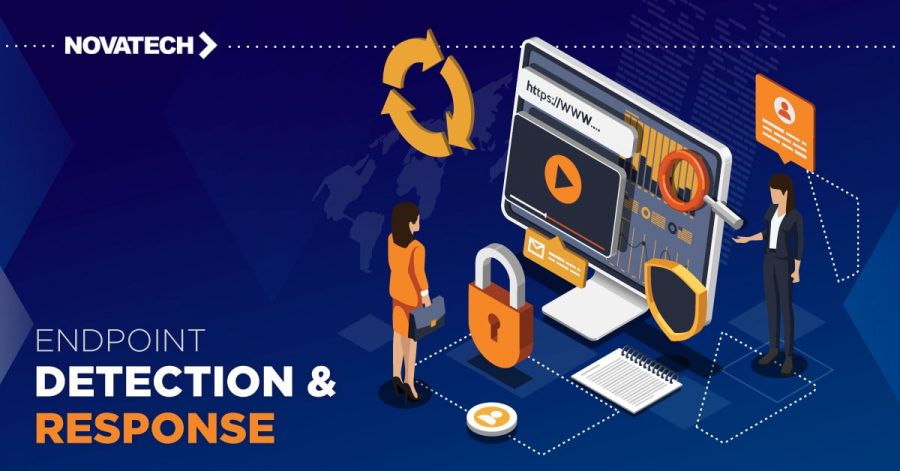How IT Companies Use Data Encryption
3 min read

Ever wonder what the “HTTP” or the “HTTPS” you see at the beginning of every website means? HTTP is the abbreviation for “hypertext transfer protocol” and describes the internet technology that enables the text you have been typing to be transferred to your recipient. When the letter “S” is added on the end to make HTTPS, the S stands for “secure”. The security feature is what IT companies call a “secure socket layer” (SSL), or “transport layer security” (TLS), and this is all enabled by the use of data encryption. This encryption provides security from hackers, whether it is for your personal email or sensitive banking information. In today’s world, making sure email and the files in them are secure is serious business.
Gobbledygook and Security
The basic concept is simple. Your email, and the files within, are scrambled into unreadable text by an algorithm that must be unscrambled by a cryptographic key. So, how secure is this scrambling? Consider this: When the system was first introduced by IT companies in the 1970s, they were using a 56-bit key. In the ‘90s this was upgraded to a 128-bit key. That 128-bit key would take the most powerful computers of today 1,000,000,000,000,000,000 years to decipher. Today the keys are 256-bits and each bit doubles the time it would take to decode. We showed you the 128-key decode time because there simply isn’t enough space in this blog for all the zeroes in the 256-bit time frame. So, yes, the answer is that it is pretty darn secure.
Symmetric vs. Asymmetric
There are essentially two types of data encryption. With symmetric encryption, a single key is used to code and decode. With asymmetric encryption, one key is used to encode and a different key is used to decode. Which type will be used depends on the level of security you are seeking as asymmetric is considered more secure.
SSL and TLS
While data encryption is critical to security, you may be asking yourself, “if the data is encrypted on one end, how does the recipient get the key for decoding on the other end?” Good question. SSL and TLS take care of that by providing the keys on both ends. The process is a bit convoluted and more complex than we want to deal with here, but it works…most of the time. Since “most of the time” isn’t good enough, code developers have taken encryption to a higher level using what we call “client-based encryption.” This is accomplished by using encryption tools such as Mimecast and Galaxkey. Mimecast is great when the main security issue is email, but when there is a broader security concern, Galaxkey is often the choice.
Here at Novatech, our security team is fully familiar with data encryption and the thought process that goes into the selection of the best tools for every client’s situation. We understand that every business is unique and the combination of security tools needed to protect each business can be different. To learn more, give us a call today at 770.569.4600.


